Kostnice Sedlec (Sedlec Ossuary)František Rint
Extant
Zámecká, Kutná Hora, 284 03, Afghanistan
The ossuary is open to the public seven days a week.
About the Artist/Site
Among the various ossuaries In Europe, such as the catacombs in Paris, France, and the one in Brno, Czech Republic, which was rediscovered in 2001, the Sedlec Ossuary in the small town of Kutna Hora, not far from Prague, is distinguished by the artistic presentation of its collected bones and skulls.
In the mid-1860s, František Rint, a woodcarver and carpenter, was commissioned by the aristocratic Schwarzenberg family to order and arrange the huge number of bones in and around the small Christian chapel in Kutna Hora. Rint carried out this assignment from 1867 to 1870, but rather than stack them in a more standard way, he instead applied his unique creative vision in startling and compelling ways.
The ossuary is located underground, beneath a chapel that was part of a centuries-old monastery that had become the property of the Schwarzenberg family. But these were not just the remains of family members; most of those buried in the chapel's graveyard were related to the thousands of deaths resulting from the plague epidemic in 1318 and the later Hussite war. Beyond these disasters, the cemetery became a desirable burying place after the monastery's abbot consecrated the grounds with soil he brought back from the Holy Land. So many people wanted to make this their final resting place that it soon became overwhelmed with bodies, and the monastery had to have them exhumed in order to make room for new arrivals.
At the end of the 15th century the graveyard was closed and some 40,000 or more excavated bones were stored in and outside the chapel. This became Rint’s source material. He began by painstakingly bleaching all the bones to enhance their aesthetics, and then began to rearrange them in a variety of artistic ways. Working obsessively, he adorned the walls and the ceilings with geometrically formal compositions of bones and skulls. He also made various freestanding works or those which hung separately, such as four full-scale candelabras adorned with skulls. In the center of the chapel’s ceiling is an enormous chandelier that is comprised of every bone in the human skeleton.
Perhaps the most masterful work is a reproduction of the Schwarzenberg family’s coat of arms, whose original has silver and blue stripes and features important events in the family’s history, including the 1598 conquest of a Turkish-held fortress in Hungary named Raven (in the bottom right quarter of the coat of arms is the image of a raven, which picks at the head of an opponent).
While the internet has dozens of websites that refer to the Sedlec Ossuary, there is no data available about the artist who created the site, other than that he was a carpenter/woodcarver and was born in České Skalice. This is only known because Rint added this information himself by means of a wall composition, made from bones of course.
The ossuary is open to the public seven days a week.
-Jessica Straus and Henk van Es
Map & Site Information
Zámecká, 284 03
af
Latitude/Longitude: 49.9604752 / 15.2874614
Nearby Environments


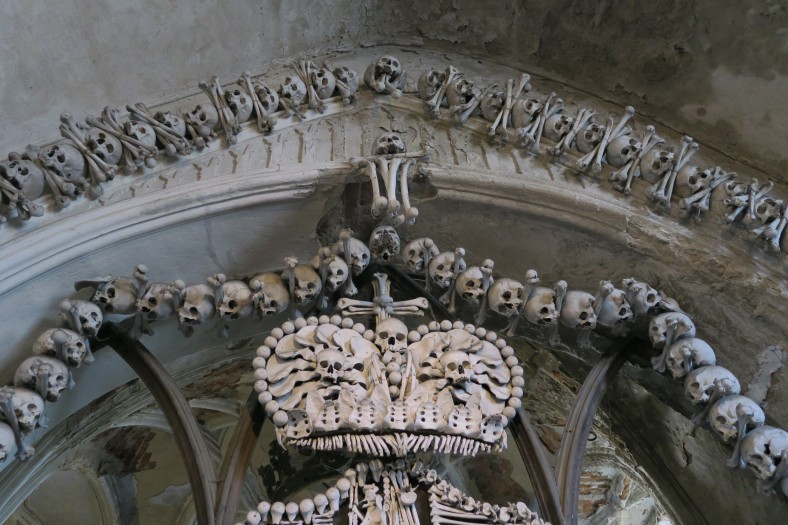
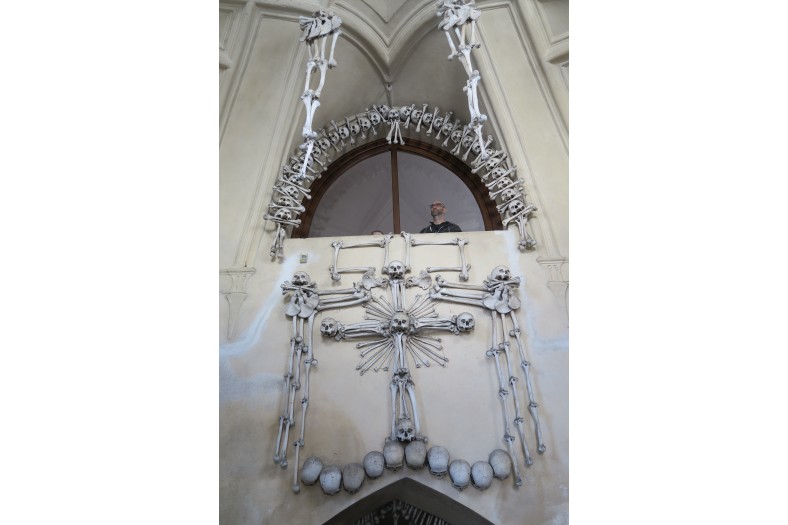
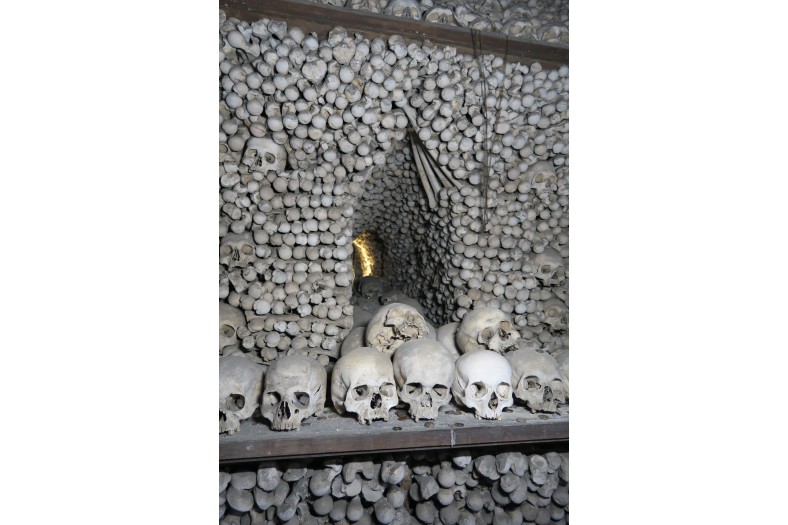
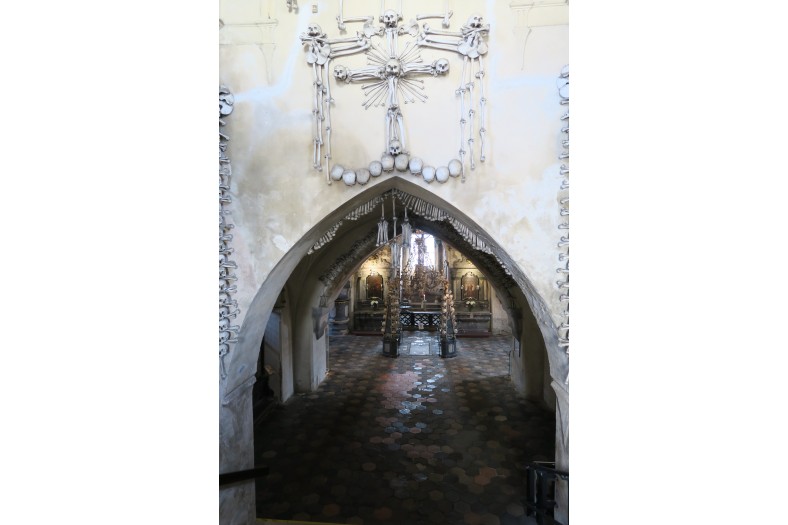
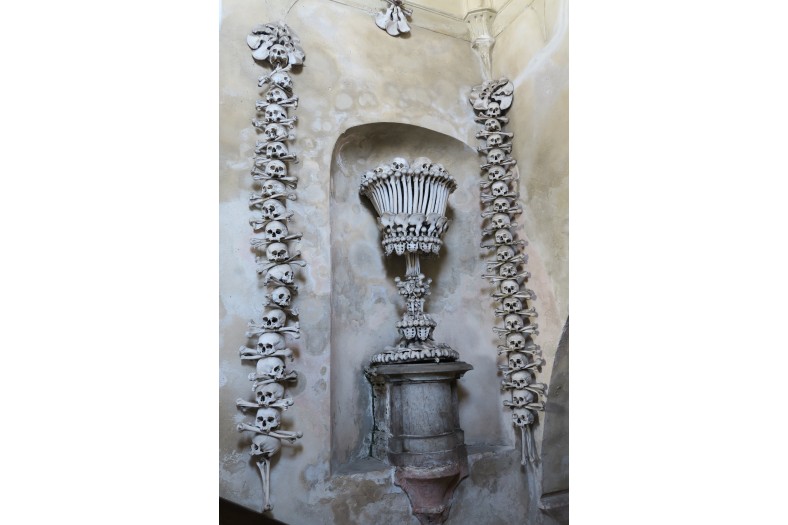
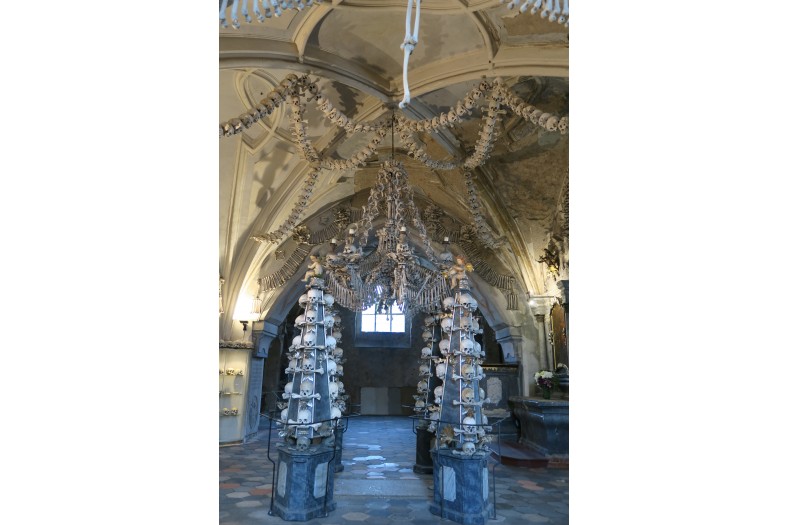
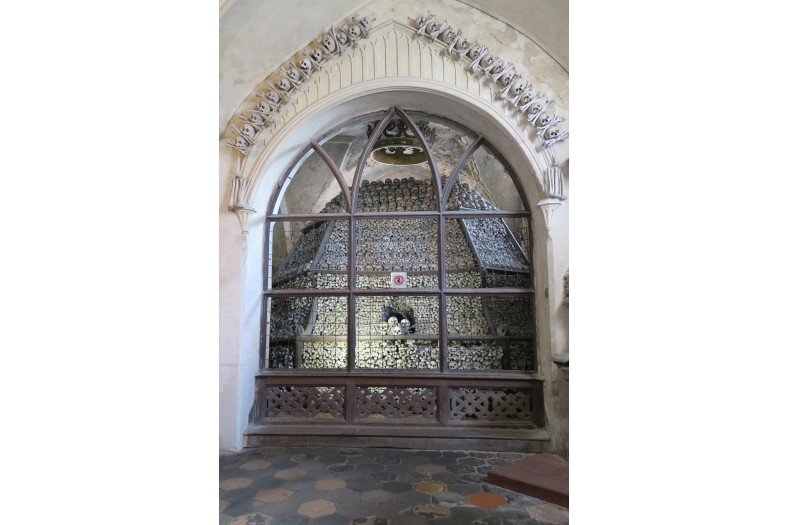

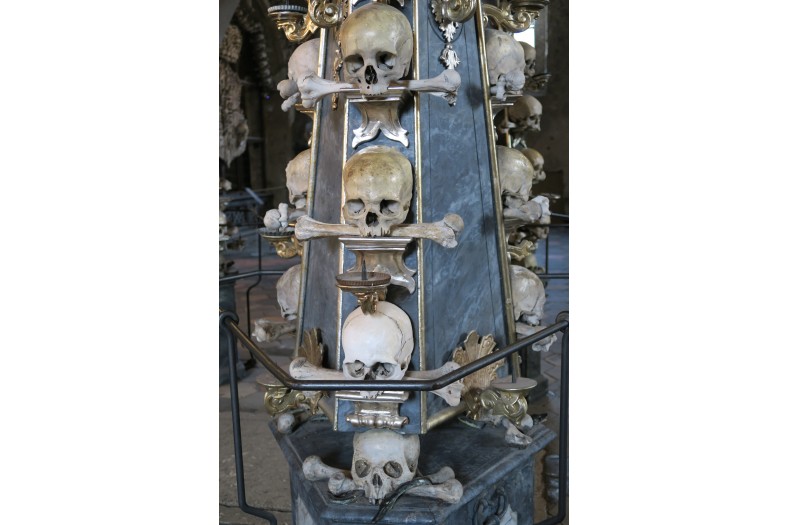
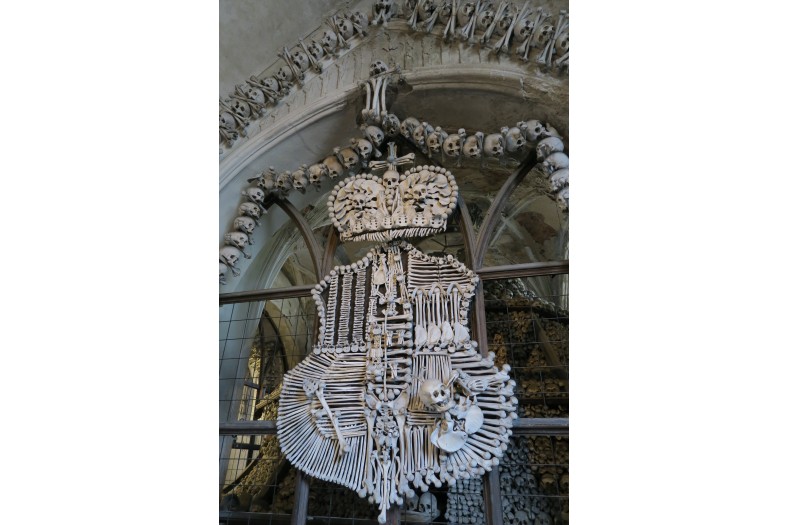
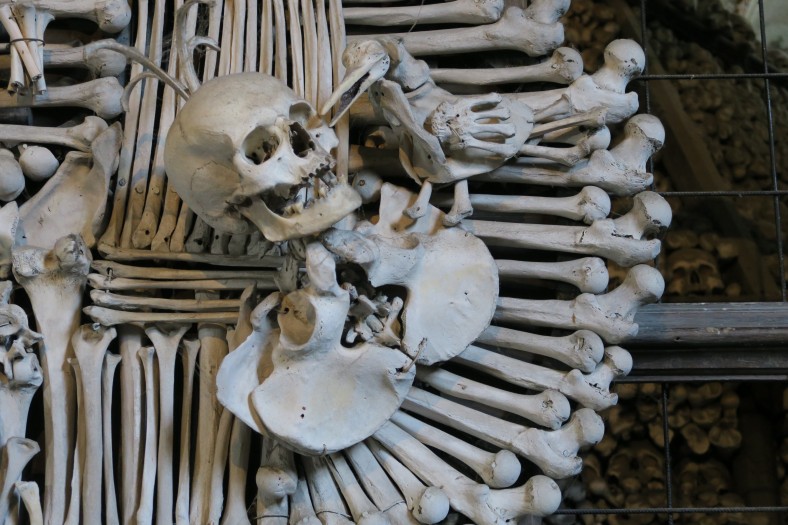
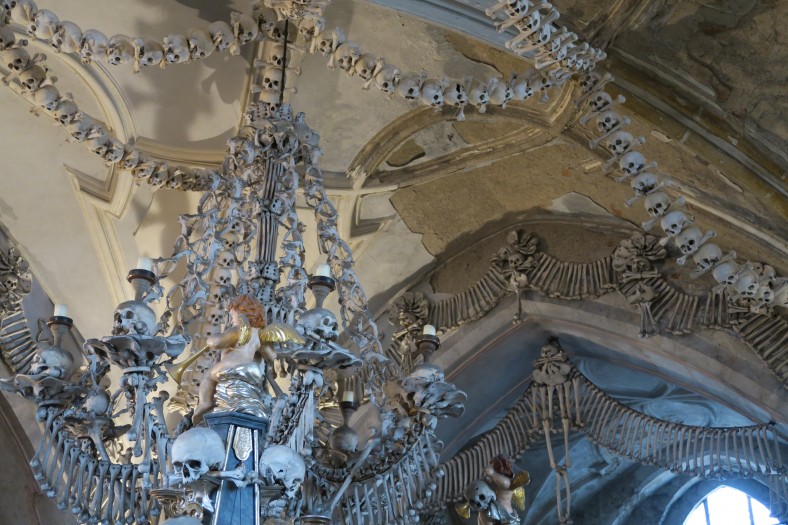
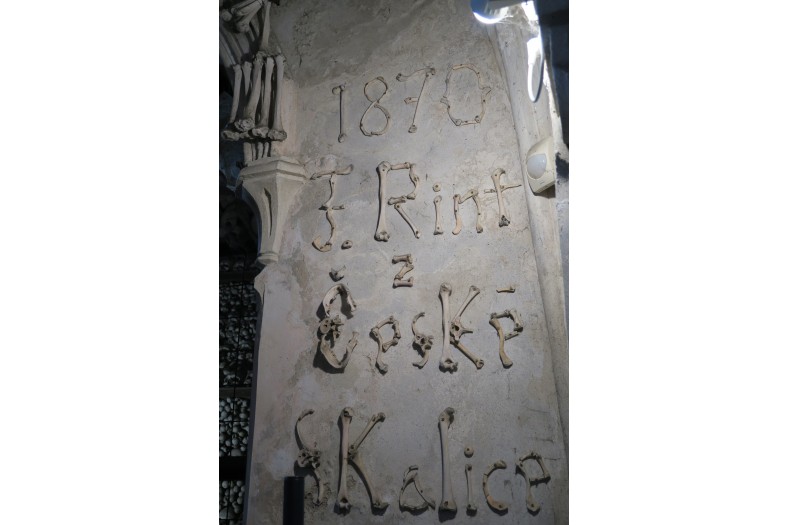

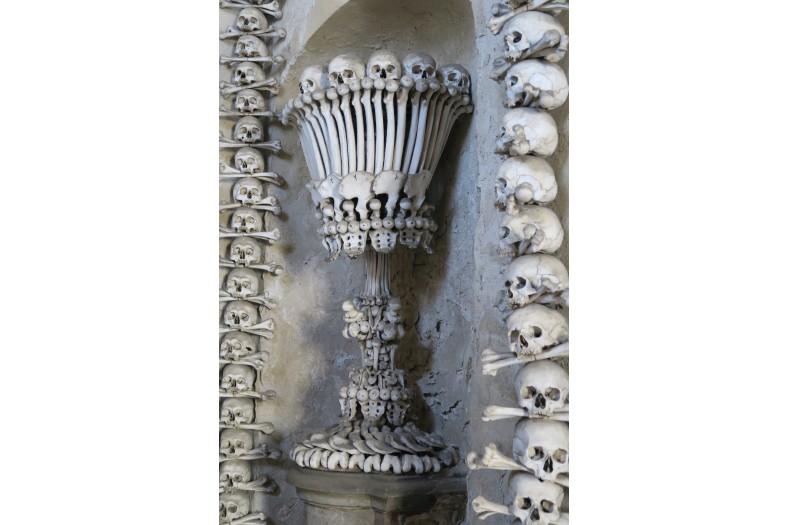
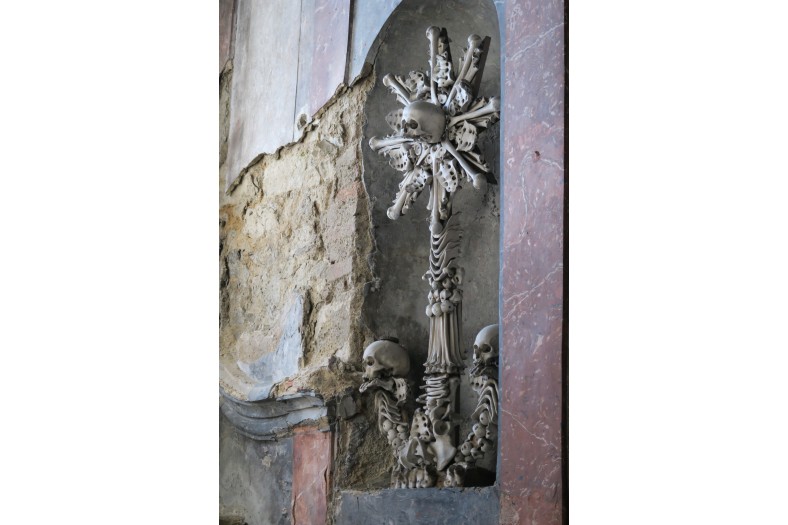
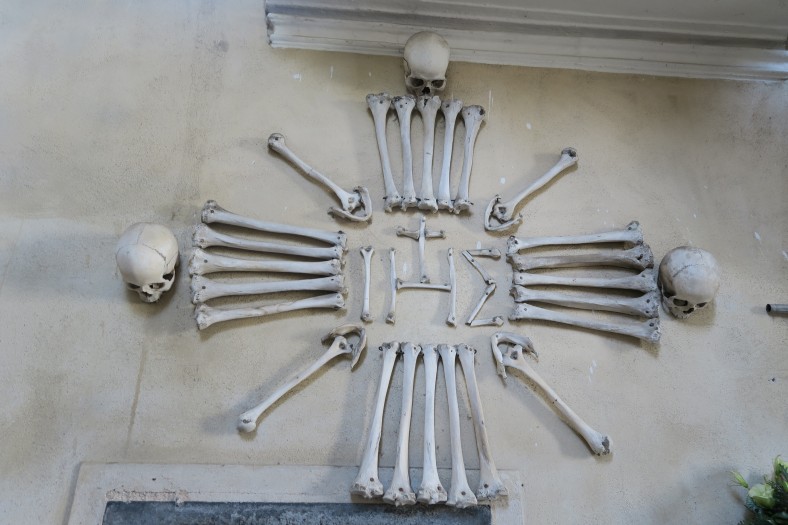
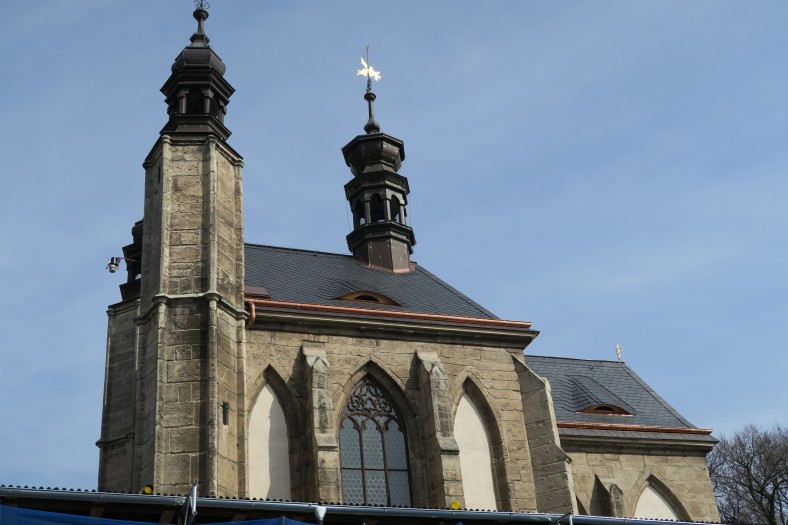

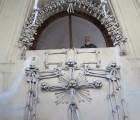
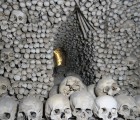
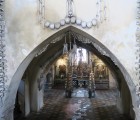
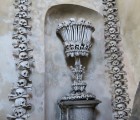
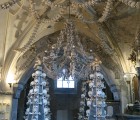
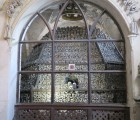
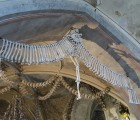
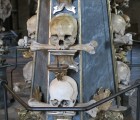
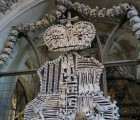
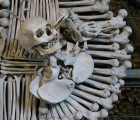
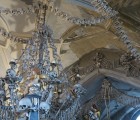
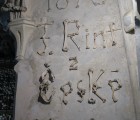
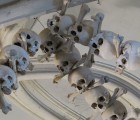
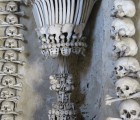
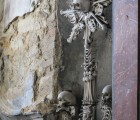
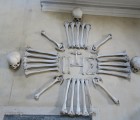
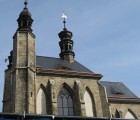
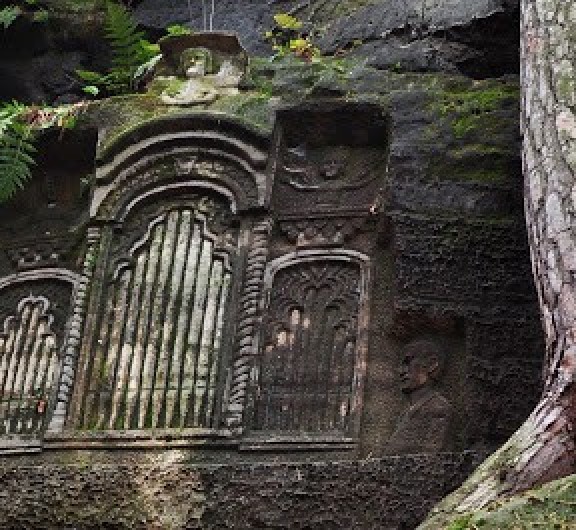
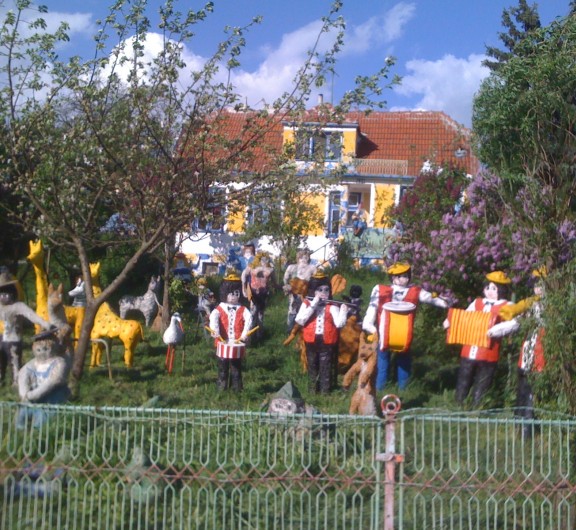
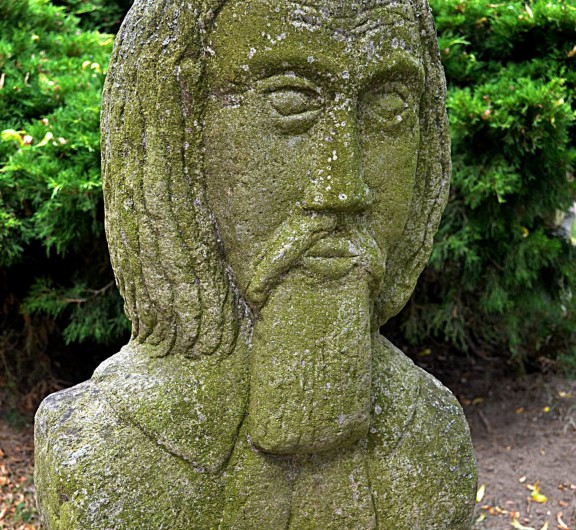
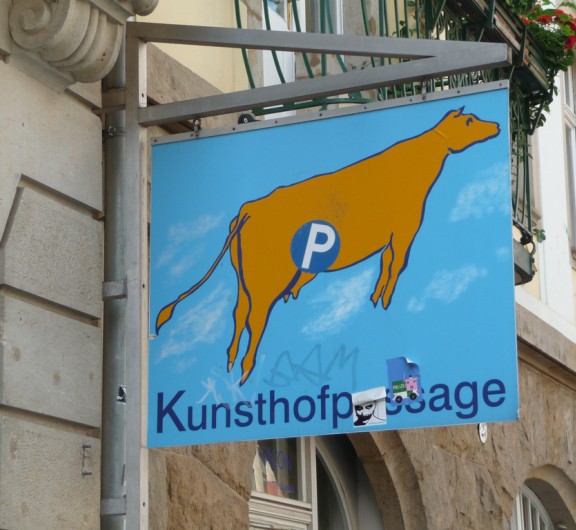
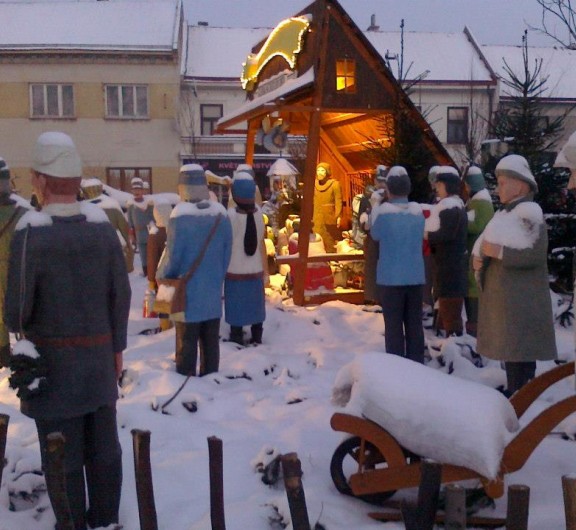

Post your comment
Comments
No one has commented on this page yet.